The implementation of login functionalities and the management of user sessions are core components of any web-based application. In this tutorial, we will focus on how you can efficiently create a login process with PHP. We will go through the necessary code changes step by step, from creating the login form to managing the user session.
Main insights By using Sessions, you can ensure that users can access the correct information on their first page after logging in. Creating a user-friendly login page is the first step to ensuring that your application remains secure and user-friendly.
Step-by-step guide
Step 1: Set up a simple HTML template
First, you need an HTML template for the login form. This allows you to request the user's login credentials. Find a suitable template that includes the required fields such as email and password.
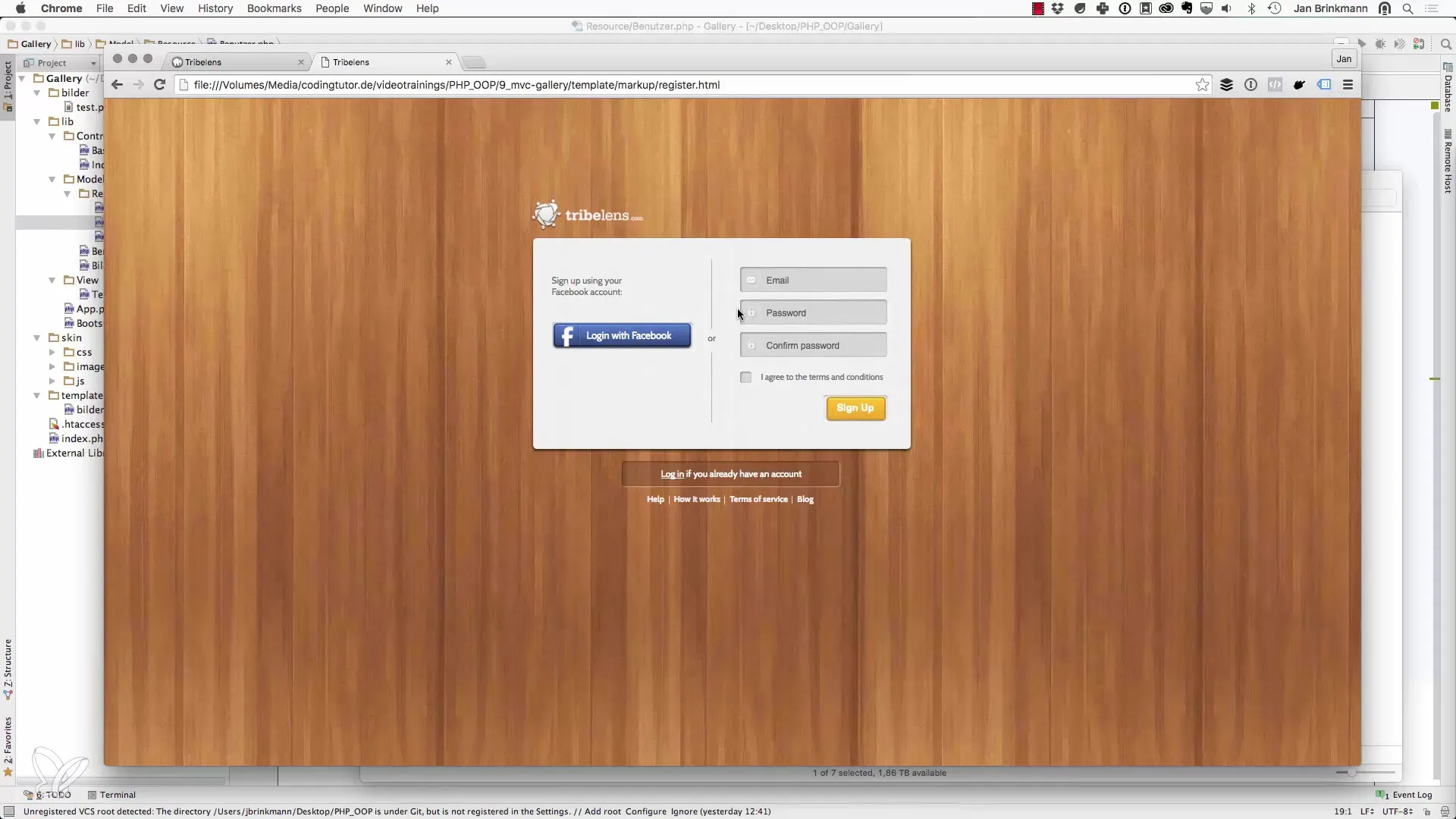
Typically, the form includes an input field for the email address and password. There should also be buttons for logging in and accepting current terms, which may need to be accepted. That's all you need for the first step.
Step 2: Create the file login.phtml
Now create a new file named login.phtml. In this file, you will insert the content of the template that you created in the first step.
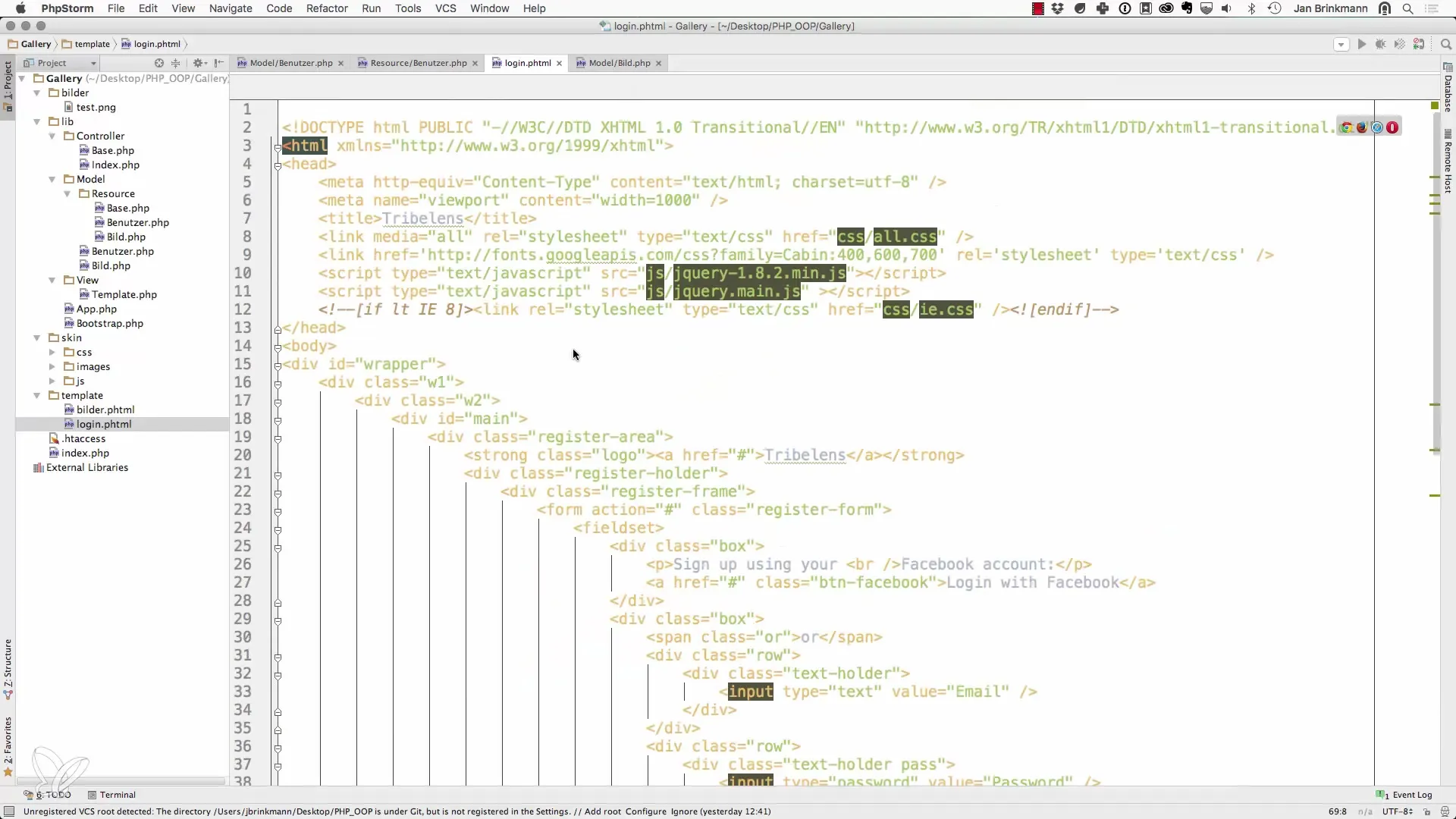
Make sure to remove unnecessary elements like “Sign up with Facebook” or “Password confirmation” as these are not required for a login process.
Step 3: Configuration in the Index Controller
Now open the Index Controller and modify the login action to load the login.phtml file. Instead of simply outputting the text “Login”, call the render function to display the login form.
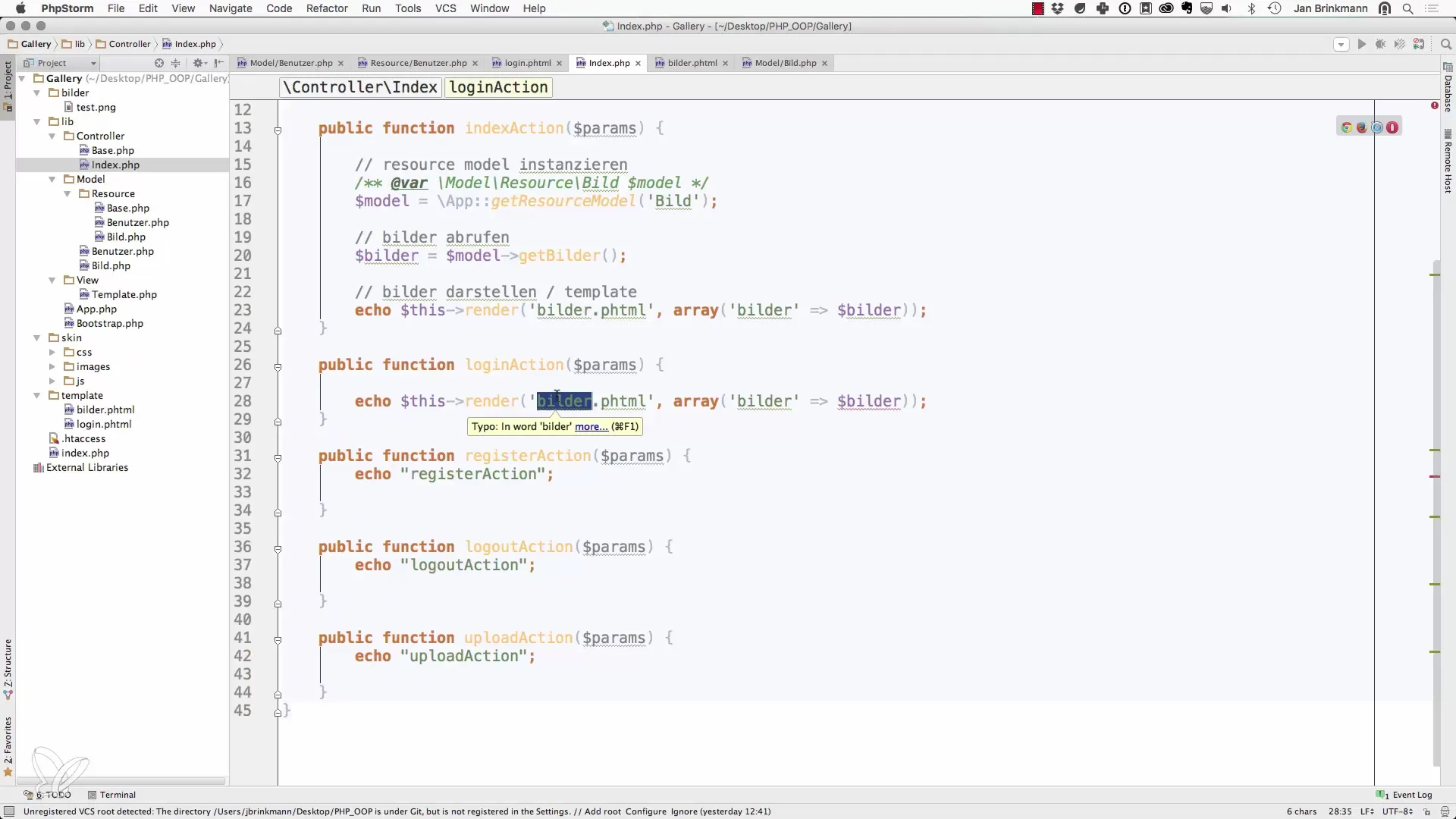
You should also temporarily pass an empty array as a parameter. This gives you the opportunity to test the login page.
Step 4: Check the form submission
In the next step, you need to check if the login form has been submitted. You can achieve this by using the POST method from the form.
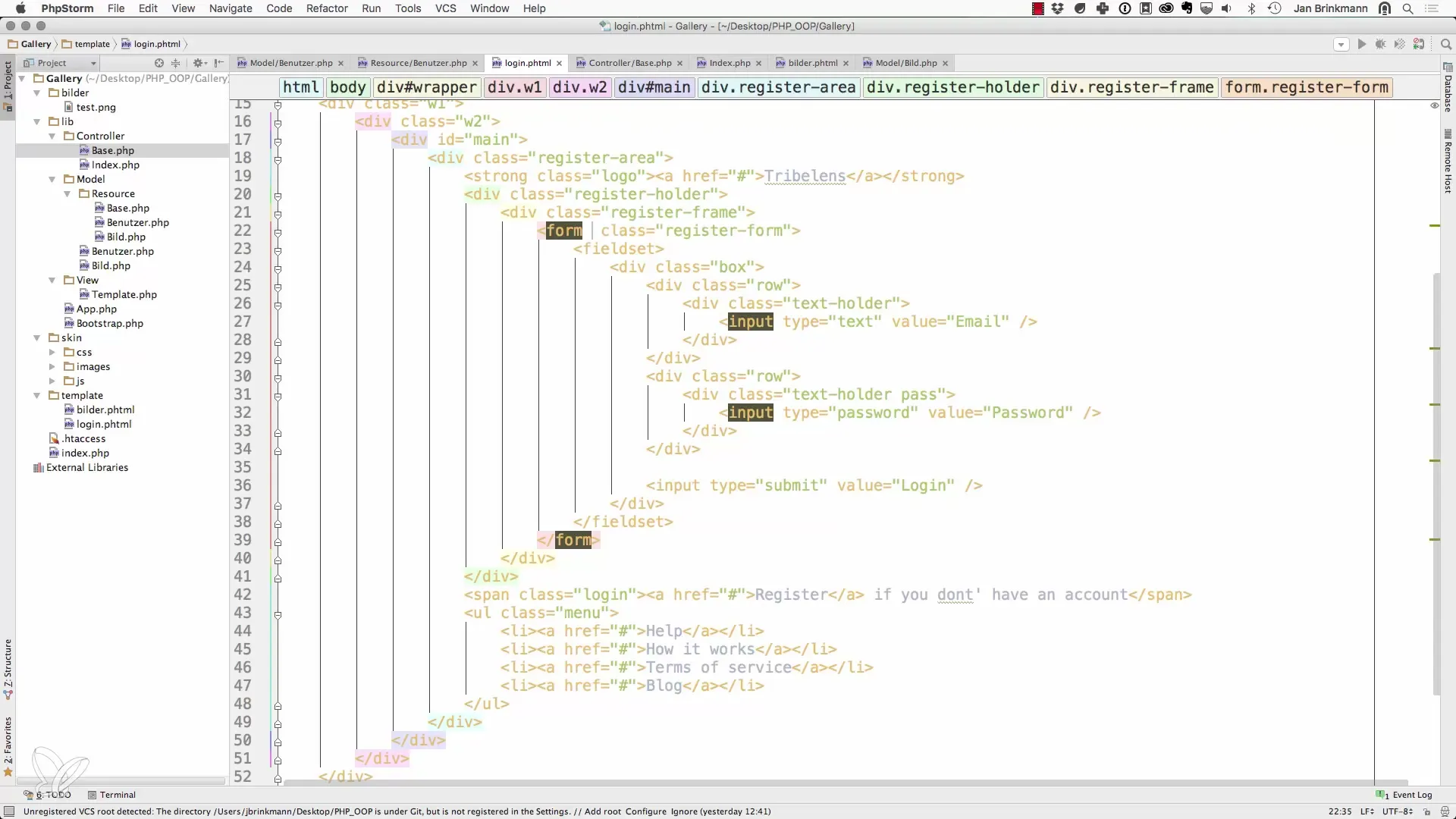
In the Base Controller, create a method to check if a POST request exists. If the form has been submitted, the login process will be triggered.
Step 5: User identification and authentication
Now we move on to the essential logic of user login. Here, the user class in PHP is called to check if the submitted email and password data are correct.
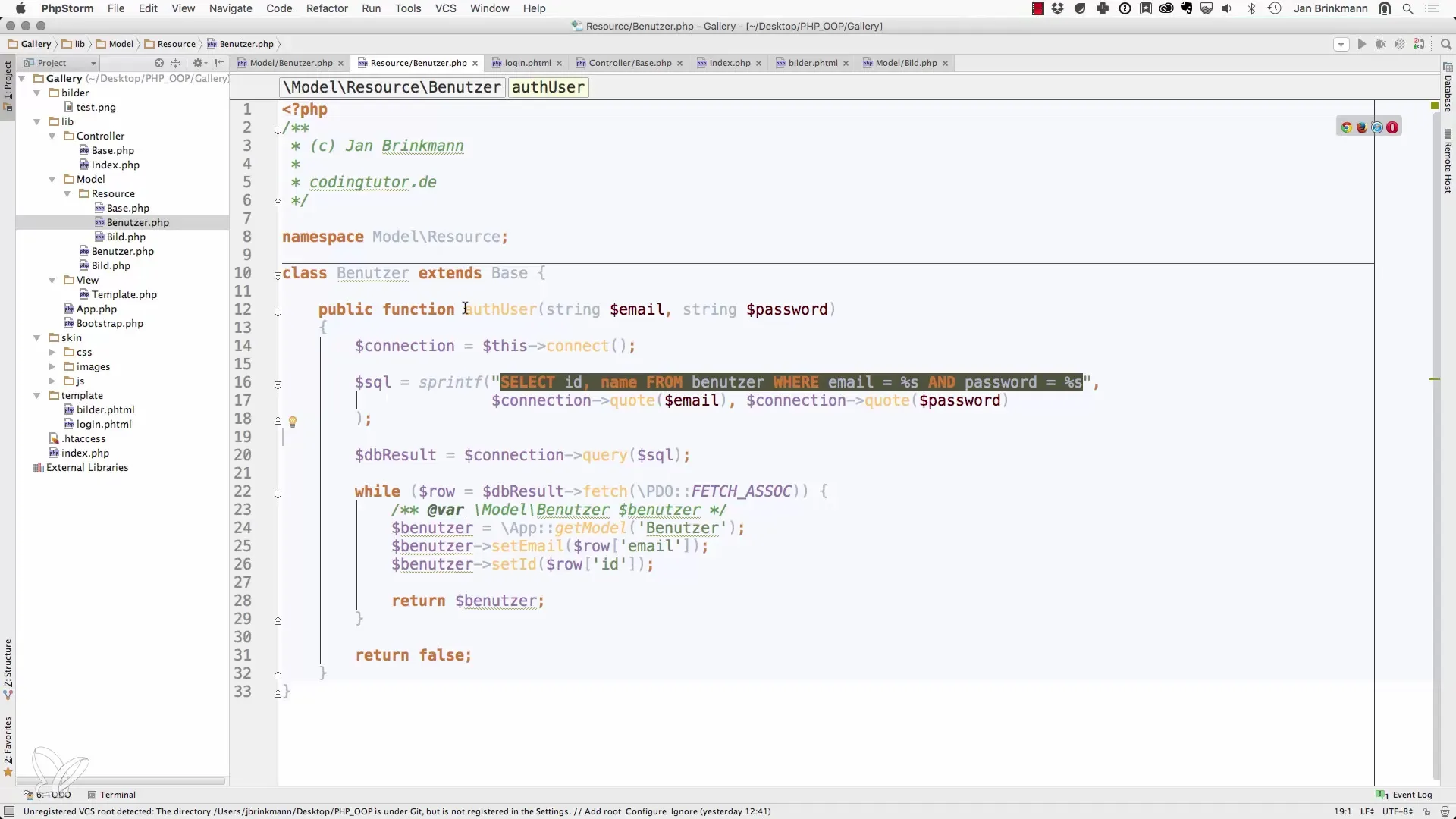
If a user is successfully identified, you can store the corresponding user ID and email in the session to identify the user for the rest of the session.
Step 6: Start session and error handling
Activate the session before you save the user information. This is done by calling session_start(). Also, add logic for error handling to ensure that users are not informed about the reasons for a failed login.
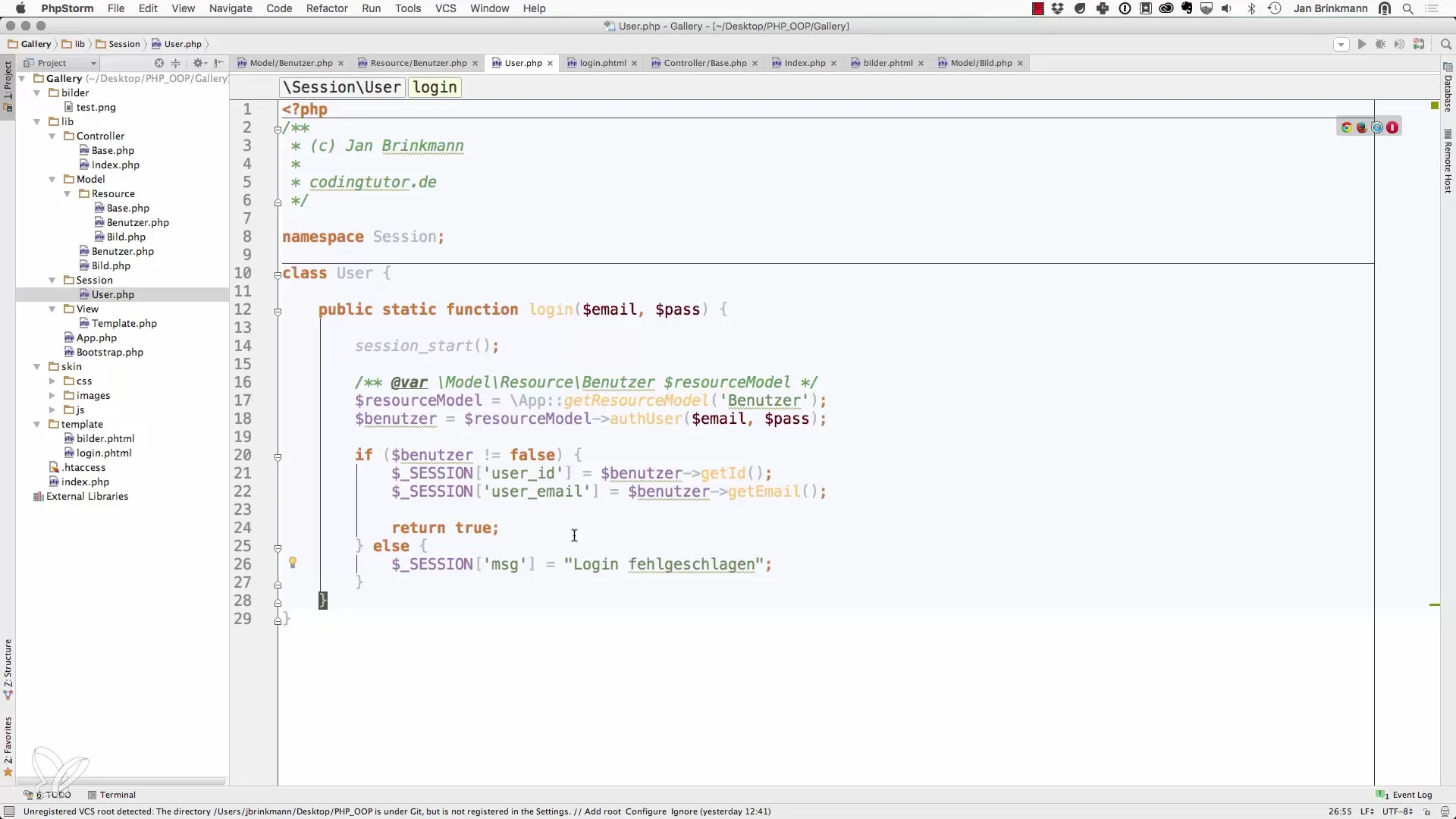
It is important to provide the session with an error message if the login credentials are incorrect, so the user can respond to it.
Step 7: Redirect after successful login
Once the user is successfully logged in, redirect them to the main page of your application. This is typically done by using the header function in PHP.
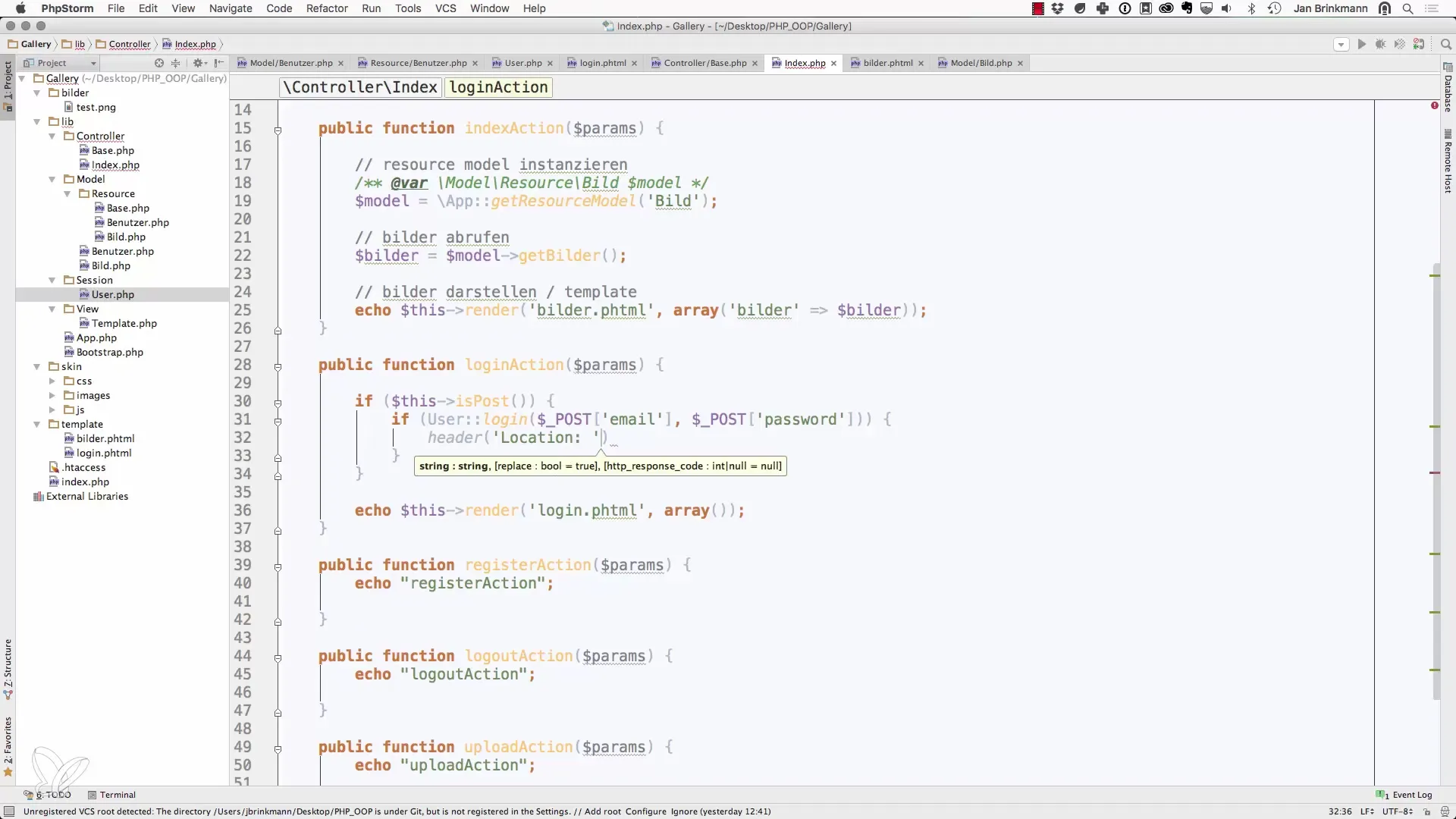
This ensures that the user has immediate access to the main application after logging in, rather than staying on the login page.
Step 8: Implement logout option
Finally, you should also implement a way to log out. This means you need to provide the user with the option to sign out from their session.
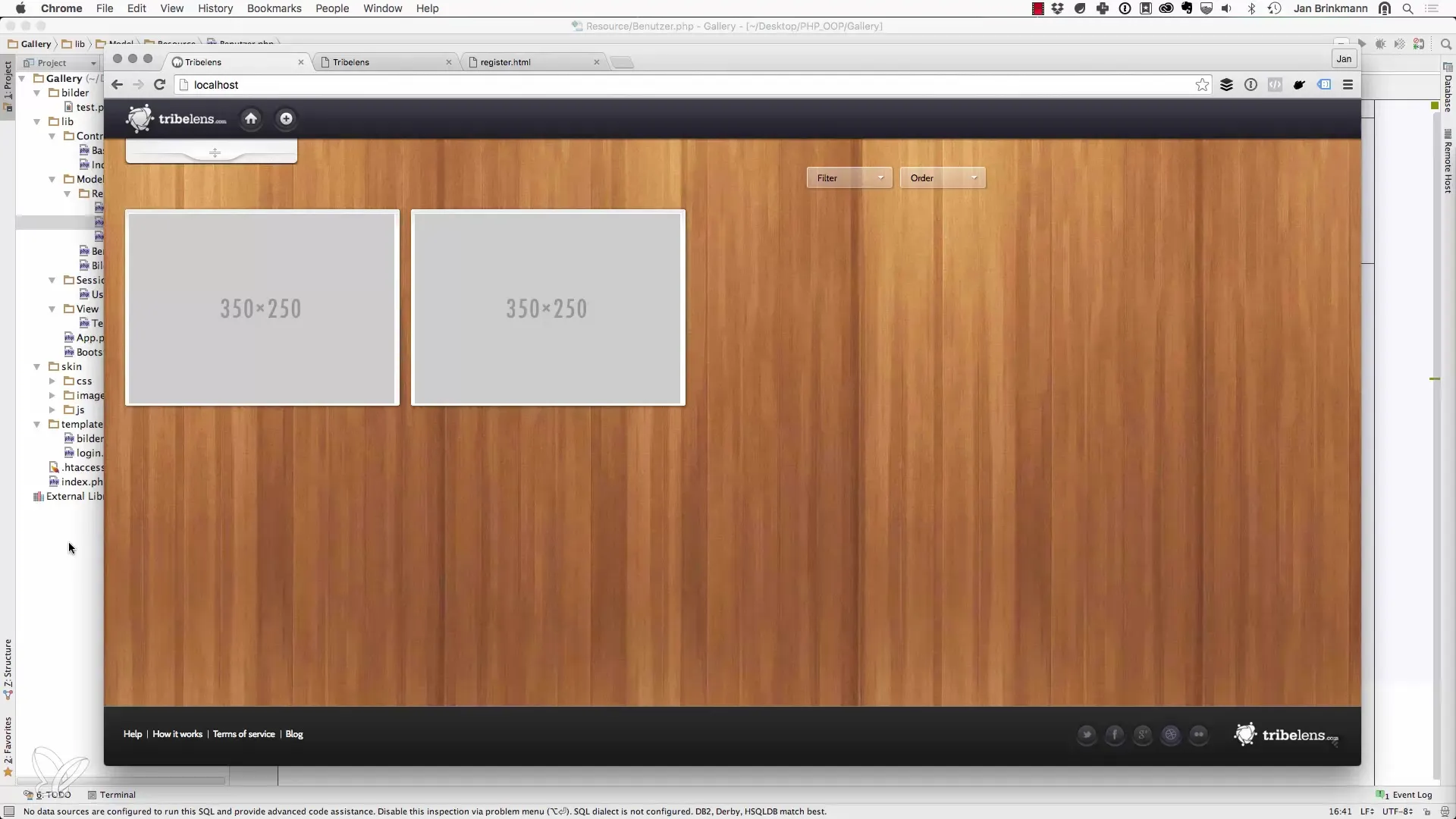
In this case, the session is simply terminated, and the user is redirected to the login page. This increases the security of your application.
Summary
In this guide, you learned how to create a simple yet effective login system in PHP. Starting from creating the frontend with HTML to the backend logic and session management. With this knowledge, you are well-equipped to offer user-friendly and secure login functionalities in your application.
Frequently Asked Questions
What is the first step to user login in PHP?The first step is to create an HTML form that includes the input fields for email and password.
How do I store user data in the session?Use session_start() and store the user ID and email with $_SESSION['user_id'] and $_SESSION['user_email'].
What do I do with invalid login credentials?Implement error handling that displays a generic error message to users without disclosing specific details about the error message.
How do I redirect the user after logging in?Use the header() function to redirect the user to the desired main page of your application.
How do I implement a logout function?End the session with session_destroy() and redirect the user back to the login page.


